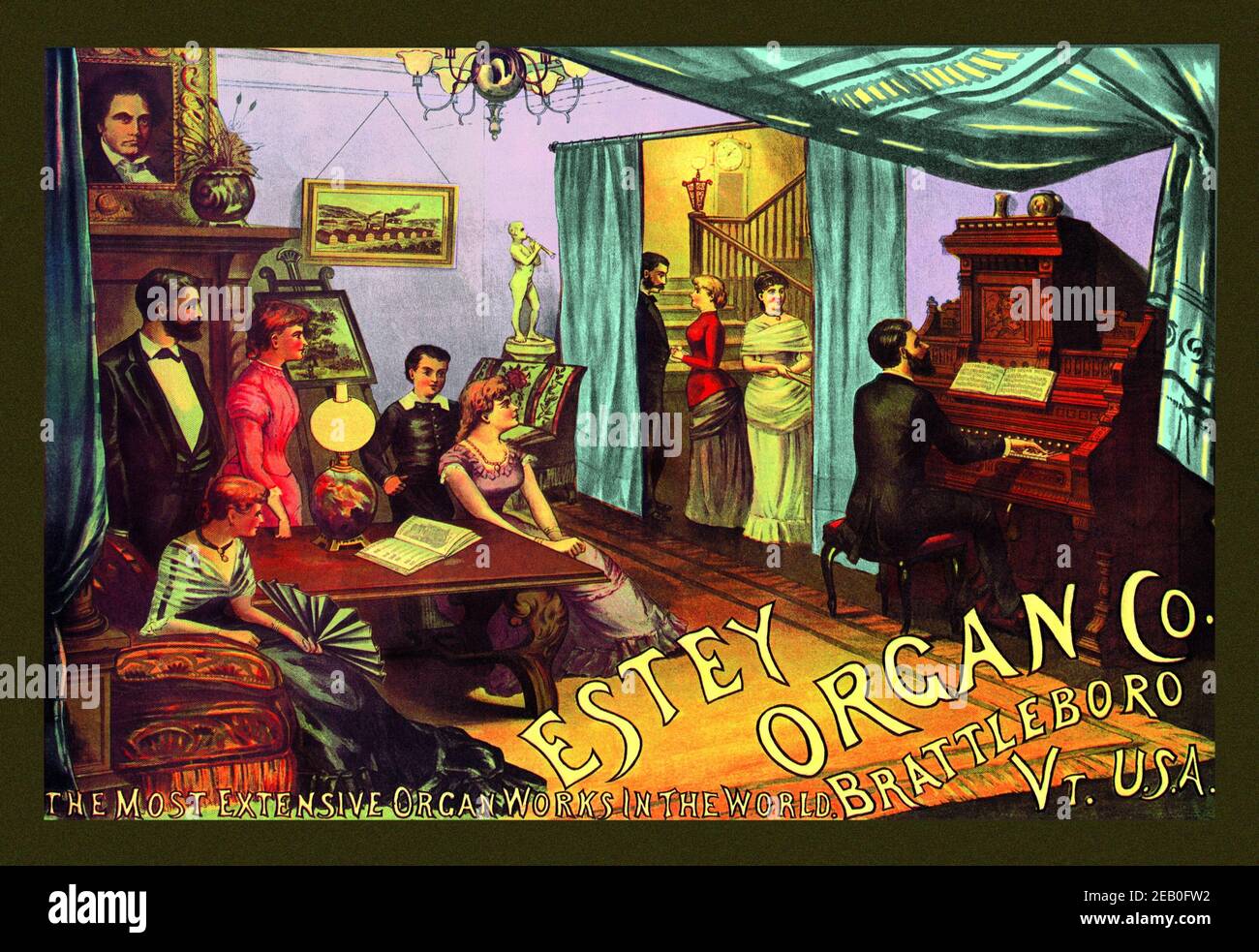

Conversely, RBL1 or RBL2 associates with E2F4 and E2F5 transcriptional repressors, resulting in blockage of transcription. Specifically, RB1 binds to and sequesters the E2F1, E2F2, E2F3a transcriptional activators, thereby preventing them from initiating transcription of essential genes involved in cell cycle progression. The RB proteins are best known as inhibitors of G1/S transition, through interaction with the E2F family members ( Figure 1). Under certain conditions, however, the Cip/Kip CDKIs may participate in the assembly of the cyclin D-CDK4/6 complexes and enhance cyclin D-dependent kinase activity, eventually resulting in activation of cyclin E-CDK2. In contrast, the Cip/Kip (CDK-interacting protein / kinase inhibitor protein) family CDKIs, including p21 Cip1/Waf1/Sdi1 ( Cdkn1a), p27 Kip1 ( Cdkn1b), and p57 Kip2 ( Cdkn1c), can inhibit all cyclin-CDK complexes through binding to both cyclins and CDKs. The INK4 (inhibitors of cyclin dependent kinase 4) family CDKIs, including p16 INK4a (encoded by the Cdkn2a gene), p15 INK4b ( Cdkn2b), p18 INK4c ( Cdkn2c), and p19 INK4d ( Cdkn2d), primarily inhibit the kinase activities of CDK4 and CDK6 through direct interaction with CDK4/6 and prevention of cyclin D binding ( Figure 1). The cyclin A-CDK1 complex also drives cell cycle progression through G2 phase, which is followed by cyclin B-CDK1-dependent onset and completion of mitosis.ĬDK activity is restrained by CDKIs, which are further divided into two classes. The cyclin E-CDK2 complex then provokes G1/S transition, and cyclin A associates with CDK2 and CDK1 to regulate completion of S phase. CDK4/6-mediated RB phosphorylation derepresses the E2F family transcription factors, resulting in transcription of target genes such as cyclin E and cyclin A. Cyclin D binds and activates CDK4 and CDK6, which phosphorylate the retinoblastoma (RB) family of proteins, including RB1/p105, RB-like 1 (RBL1/p107), and RB-like 2 (RBL2/p130). In response to growth or mitogenic signals, the cell exits G0 and reenters G1 with increased expression of cyclin D ( Figure 1).
#Estey organ 46 x 44 series
CDK, cyclin-dependent kinase CDKI, cyclin-dependent kinase inhibitor INK4, inhibitors of cyclin dependent kinase 4 Cip/Kip, CDK-interacting protein / kinase inhibitor protein RB, retinoblastoma family of proteins.Ĭell cycle progression is tightly controlled by a series of cyclins, cyclin-dependent kinases (CDKs), and CDK inhibitors (CDKIs).

Green arrows indicate activation gray bar-headed lines indicate inhibition. Moreover, a full-scope understanding of the cell cycle machinery will allow fine tuning to favor cell proliferation over cell death, thereby potentially promoting tissue regeneration.Ĭell cycle proteins as key regulators of postmitotic cell death. Advanced understanding of the molecular mechanisms underlying cell cycle-related death is of paramount importance because this knowledge can be applied to develop protective strategies against pathologies in postmitotic tissues. In addition, we also outline the signaling pathways that have been identified in cell cycle-related cell death. Herein, we provide a brief summary of these findings and hope to highlight the connection between cell cycle reentry and postmitotic cell death. At present, the cell cycle machinery is known predominantly for regulating cell cycle progression and cell proliferation, albeit accumulating evidence indicates that cell cycle proteins may also control cell death, especially in postmitotic tissues. Interestingly, elevated levels of cell cycle proteins in postmitotic cells often do not induce proliferation, but result in aberrant cell cycle reentry and cell death. In mature postmitotic cells, many cell cycle proteins remain to be expressed, or can be induced and reactivated in pathological conditions such as traumatic injury and degenerative diseases. Functional maturation of postmitotic cells, however, requires cell cycle exit and terminal differentiation. Cell cycle progression in dividing cells, characterized by faithful replication of the genomic materials and duplication of the original cell, is fundamental for growth and reproduction of all mammalian organisms.


 0 kommentar(er)
0 kommentar(er)
